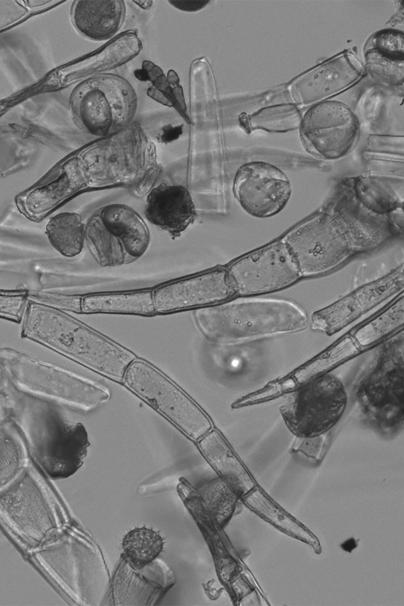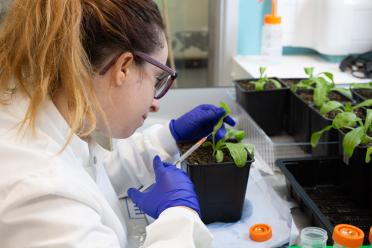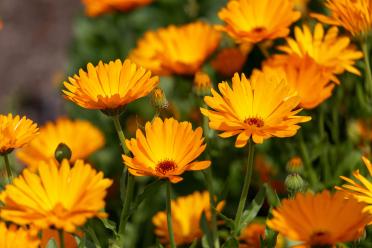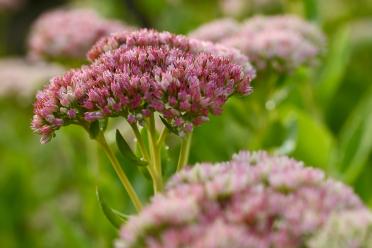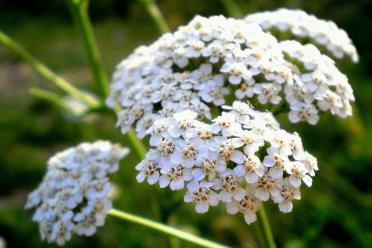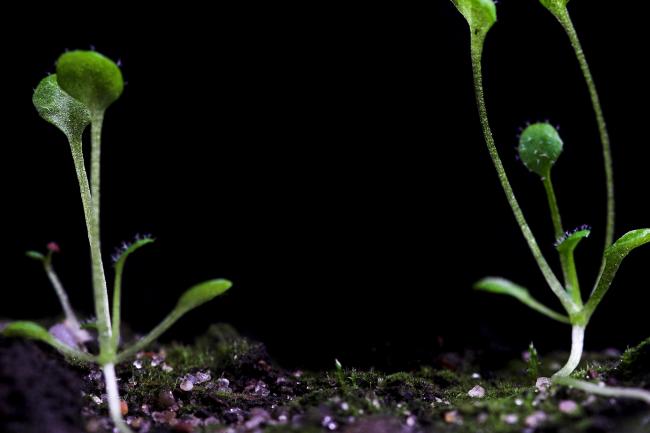Daria Golubova, a PhD student in the Patron Group, has been carrying out cytotoxicity and anti-inflammatory bioassays from extracts and pure compounds to look for these properties in plant extracts.
These will help to confirm the sesquiterpene lactones as having the desired anti-inflammatory properties. Knowing the structure of the molecule from existing studies, they have turned their attention to the genes involved in manufacturing it.
To do this, Melissa has called upon the expertise of the Technical Genomics Group at the Institute, who have helped to generate the transcriptomes.
This has involved both short- and long-read sequencing - using the latest platforms at the Earlham Institute - and core bioinformatics support for the assembly and annotation.
The annotated transcriptomes help the group to identify the candidate genes involved in synthesising the sesquiterpene lactones.
“We know quite a lot about the enzyme families involved in making these molecules, which means we can break down the synthesis into different steps,” explains Melissa.
“Each synthesis step is catalysed by one of these enzymes, so we can use knowledge of the enzyme families coupled with phylogenetics to pick out candidate genes from the transcriptome.”
To confirm each of these steps, Melissa uses a plant-expression system, which uses Agrobacterium - a natural pathogen of plants - to introduce the candidate gene DNA into Nicotiana benthamiana through leaf infiltration.
Once the candidate gene is present in the cells of N. benthamiana, the plant can use its existing molecular machinery and resources to express the gene.
“We can then extract the products directly from the leaves to see whether the candidate gene is making the product we predicted,” says Melissa.
This process can then be repeated for each step of the pathway to identify all the genes involved in building the sesquiterpene lactones.
